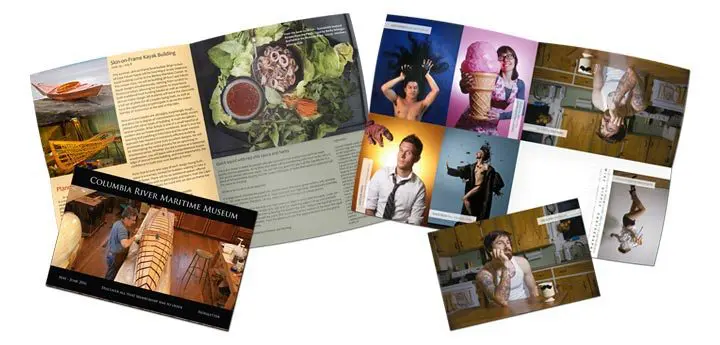

When creating a Direct Mail campaign, choosing the correct format can make all the difference in how your audience perceives your brand. A unique aspect of physical marketing is that because your audience can hold it, turn it, and flip it over, they immediately feel prepared to engage with the content.
But with so many Direct Mail formats available, how do you know which is best for your brand? Ultimately, the format that makes the most sense depends on your business, cost-per-acquisition threshold, impact, and frequency of your mailing drops.
In this chapter, we will cover some of the most effective Direct Mail formats so you can choose the best format and size for your goals.
When it comes to what drives response rates, the format of your mailer follows only your list and your offer as a determinant. The right-fit format can make a difference as to how your audience initially perceives your brand, and how to interact with the mail piece.
A unique aspect of physical marketing is that because your audience can hold it, turn it, and flip it over, they immediately get a sense of preparing to engage with the content. For example, if they receive a catalog, they know that’s a different engagement and expectation of time compared to receiving a small postcard for Direct Mail Marketing.
The best Direct Mail format for your campaign depends on your:
For reference, 66% of marketers mail postcards and newsletters, whereas self-mailers and catalogs are used by around 50%.
When planning your campaign, it’s best to speak with a Direct Mail Expert to go over the different considerations and questions regarding what format would work best with your timing, budget, postage rates, audience, and the rest of your marketing mix. Let’s take a closer look at some of the most common mailer sizes and types.
Choosing the right Direct Mail marketing postcard for a campaign requires understanding the size, space availability, postal regulations, and postage types.
Catalogs and Booklets are best for showcasing a variety and quantity of products. Catalog mailers are sized differently, and your choice usually depends on the presence you want to make in the mailbox – and the postage rates you’re considering.
While you might think that catalogs are outdated, their effectiveness has been proven over time, especially as an addition to other marketing channels. Catalogs are ideal for acquisition because you can make folks aware of your brand and all your products or services. They are also very effective for existing customer mailing to get repeat orders or cross-sells and upsells.
When you have several products or services, a more involved story to tell, or larger images that help you make a stronger impression, the Folded Postcard is a great option. Most clients use a landscape fold so that the user opens the card up to reveal a special offer.
These cards can mail at the normal postage rates. Also, they’re fun and interactive. Users have to open them to see what’s inside, and with a strong Call-to-Action, they can lift response rates.
Speaking with a Direct Mail Expert helps you figure out what kind of fold increases engagement and interactivity, and is the best fit for your business.

Newsletters tend to be printed on thinner paper stock and folded so that they mail at regular postage rates. These are most commonly used when you have more content and are designed to be unfolded by the recipient, revealing offers, images, and more.
Letters have been a staple of Direct Mail marketing since its inception, with one of the most famous Direct Mail pieces ever created being a letter promoting Wall Street Journal subscriptions, reportedly earning $2 Billion over its lifetime.
Letters have the benefit of high interactivity, and if you design the envelope in a way to entice opening, a two-stage effect of pulling a recipient into the promotion.
The Direct Mail letter format itself is also a unique opportunity to tell a longer story, allowing you to guide a reader along the path of facing challenges, getting a solution from you, and ultimately revealing some promise of transformation that excites them to respond.
Which format works best? It depends on the products, offers, and the frequency. We recommend testing formats if you are doing multiple mailings with a known offer and message. A folded postcard compared to an oversized postcard might make the difference in response; a booklet might show a variety of products versus a postcard that highlights a single sale.
When mailing to the same list, with a consistent message and offer, sometimes it might be the format that makes the difference in response rates. To do this, we recommend a “Test Cell,” which is a small percentage of the list that has all other factors the same as the “Control” – except the format. Then, you can measure any kind of lift in response based on the format.
By Keith Goodman, VP Corporate Marketing & Sales